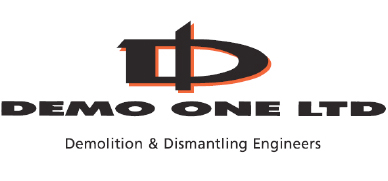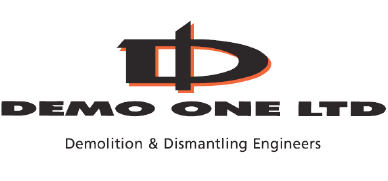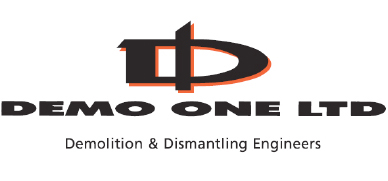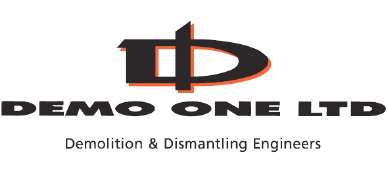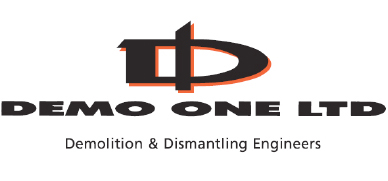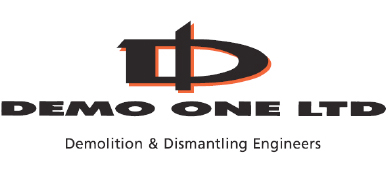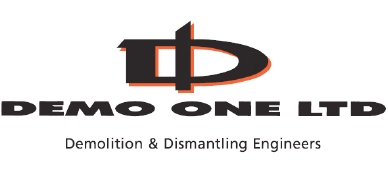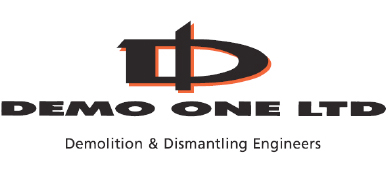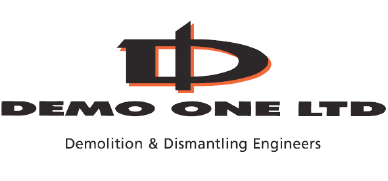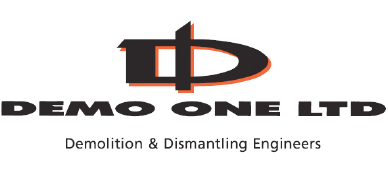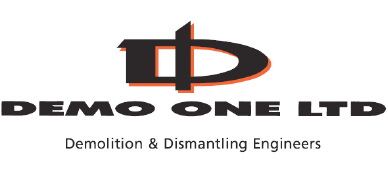Title Page
-
Job Number
-
Client Name
-
Project Title
-
Audit Date
-
Auditor
-
Site Personnel
-
Location Geographic Coordinates
1. SCOPE OF WORKS
-
1.1 Is the ASB NNLW1 notification on site (if applicable)?
-
1.2 Is the plan of work on site?
-
1.3 Is the plan of work site specific?
-
1.4 Do the plan of work and the ASB NNLW1 (when applicable) accurately define the extent and type of ACM being removed or worked upon?
-
1.5 Are the details of the asbestos survey included in the plan of work? What type of survey was carried out, by what organisation and when? Is the survey appropriate for the planned scope of work?
2. PRELIMINARIES
-
2.1 Does the site supervisor receive regular visits from the company safety officer and/or senior management and if so do they conduct a safety inspection/action report whilst on site?
-
2.2 How is information passed between the site supervisor and client/occupier and any other parties affected by the work?
3. SITE DOCUMENTATION
-
3.1 Is there a valid copy of the contractor's Employer's Liability & Public Liability insurance policy on site and what is the expiry date?
-
3.2 Does the plan of work contain the client's name and details whom the contractor is working for?
-
3.3 Does the plan of work give start and finish dates for the work to be carried out? Does this include the working hours and any weekend working?
-
3.4 Does the plan of work give details of the air monitoring strategy for the duration of the works? Please give details.
-
3.5 Does the plan of work give the name and details of the organisation who will be undertaking the air monitoring?
-
3.6 Is the organisation UKAS accredited for Testing and what is their accreditation number?
-
3.7 Are the removal techniques and control measures suitable for the type of work and asbestos material?
-
3.8 Does the plan of work include procedures for transiting and decontamination?
-
3.9 Where applicable, is there a procedure available for: Set up of DCU, including use of propane gas?
-
3.10 Is there a procedure available for: Waste bag split?
-
3.11 Is there a procedure available for: Disposal of asbestos waste?
-
3.12 Where applicable, is there a procedure available for: Cleaning the DCU and the PPE/RPE to wear while doing so?
-
3.13 Is there a procedure available for: Removal of tools and equipment on completion of the works?
-
3.14 Is there a procedure on site for precautions to be taken when preparing for and transporting negative pressure units and vacuum cleaners to and from site?
-
3.15 Is there a site diary available for inspection? Is it up to date?
-
3.16 Does the plan of work contain adequate instruction on emergency procedures? Do they include fire, accident, accidental disturbance of asbestos? Are they site specific?
-
3.17 Are there any other groups on site who may be affected by the work? If so what steps has the contractor taken to ensure their safety?
4. RISK AND COSHH ASSESSMENTS
-
4.1 Does the plan of work include a job specific risk assessment?
-
4.2 Are the risk assessments suitable and sufficient?
-
4.3 Does the plan of work include a list of hazardous materials being used on site which require a COSHH assessment?
-
4.4 Are COSHH assessments appropriate with data sheets available?
5. SITE SUPERVISOR AND OPERATIVES
-
5.1 Have the operatives on site signed to say they understand the plan of work?
-
5.2 Are the number of personnel on site appropriate for the scope of work being carried out?
-
5.3 Are the training records available for all personnel on site? Do the training certificates include a clear image of the worker and are they in date?
-
5.4 Are the face fit records available for all personnel on site?
-
5.5 Are all personnel on site clean shaven or have face fits appropriate to their appearance? i.e. goatees within the mask seal are acceptable if present when the face fit test was undertaken.
-
5.6 Are in date medical records available for all personnel on site?
-
5.7 Have all copies of certificates and/or documents been authenticated by the issuing company?
6. SITE ORGANISATION
-
6.1 How do outside men and personnel working within the segregated area communicate with each other? Is this suitable?
-
6.2 Have suitable barriers and warning signs been erected/displayed before work commenced? Do they clearly show respirator and/or asbestos zones?
-
6.3 What arrangements/facilities are available for first aid? Who is the trained first aider on site and do they have proof of in date competency?
-
6.5 Have adequate provisions been provided for personnel welfare on site? i.e. toilets, availability to have hot drink, warm food etc.
-
6.6 Are transit/waste routes as short as possible? Are they clearly identified and labelled with warning signs?
-
6.7 Do transit/waste routes avoid occupied areas where possible?
-
6.8 Where additional information is learnt during the work, is this fed back to management and recorded?
7. PLANT AND EQUIPMENT
-
7.1 Where applicable, is the NPU venting to an external atmosphere? If not, what arrangements are in place for leak monitoring?
-
7.2 Where applicable? Does the NPU comply with BS8520-2:2009 i.e. in date DOP test etc?
-
7.3 Are there at least two H-Type vacuums within the segregated area?
-
7.4 Do the H-Type vacuums have valid and in date DOP certificates?
-
7.5 Does all portable electrical equipment have in date and recorded PAT testing ?
-
7.6 Are the daily inspection records for all plant and equipment available for inspection and up to date?
8. SEGREGATED AREA (RESPIRATOR ZONE)
-
8.1 Is the segregated area constructed robustly? Is the integrity being maintained?
-
8.2 Are all non impervious surfaces covered?
-
8.3 Is there a designated emergency exit? Does it provide an unobstructed route to a safe haven?
-
8.4 Where applicable, are the openings in the airlock of sufficient size and are the flaps fitted correctly with sufficient weight?
-
8.5 Are there separate buckets (with sponges) and/or a hand held sprayer available for preliminary decontamination of boots/masks before transiting?
-
8.6 Are the correct warning signs/tape displayed in sufficient numbers on the segregated area?
9. DUST SUPPRESSION
-
9.1 Are the removal techniques and other control measures (being employed for dust suppression) as that described in the plan of work?
-
9.2 Are the techniques being used appropriate for the type of work and ACM ?
10. RPE AND PPE
-
10.1 Does the plan of work detail the type of RPE to be used during the removal of asbestos?
-
10.2 Is the type of RPE being used as per that detailed in the plan of work? Is it being worn correctly?
-
10.3 Is the RPE appropriate for the type of work?
-
10.4 Is the RPE inspected before each use?
-
10.5 Is the RPE adequately clean before suitably stored?
-
10.6 Are all disposable overalls Category 3 Type 5/6 and are they being worn correctly?
-
10.9 What type of RPE and PPE is used for removing waste bags from the enclosure to the waste container?
-
10.10 Is any other PPE required? Is it being used in accordance with current risk assessment? Please give detail.
-
10.11 Has the correct PPE and RPE been supplied in accordance with COSHH? Explain how/show evidence?
11. HYGIENE FACILITY DECONTAMINATION UNIT [DCU] - WHEN APPLICABLE
-
11.1 Is the DCU connected to all services and fully operational?
-
11.2 Are the clean and dirty ends clearly identified?
-
11.3 Is the DCU earthed? If yes, how? i.e. RCD plus mains supply or generator and earth strap?
-
11.4 Is the waste water filtered correctly? How often is the filter changed and is this recorded?
-
11.5 Is water discharged to a foul drain? Is this adequate?
-
11.6 Is the DCU locked when not in use?
-
11.7 Does the DCU have an air clearance certificate from when it was last used during a 4-stage clearance?
-
11.8 Do the doors self close? Are they adequately sealed? Is there a mirror fitted in the clean end?
-
11.9 Is there a carbon monoxide [CO2] monitor in the clean end (where applicable)?
-
11.10 is there a record kept for the DCU and any actions?
-
11.11 Does the DCU have a current certificate to say the boiler was serviced by a registered Gas Safe engineer?
-
11.12 Is all electrical equipment PAT tested and in date?
-
11.13 Is there a valid and in date DOP certificate for the NPU in the dirty end?
-
11.14 Does the NPU meet the requirements of BS8520-2:2009, including a non-return flap?
-
11.15 Is the DCU clean, with no clothes or equipment stored in the wrong areas?
-
11.16 Are there sufficient showerheads for the number of operatives on site [ratio is 1 showerhead : 4 operatives]?
-
11.17 Are sufficient towels, liquid soap and nailbrushes provided?
-
11.18 Where do operatives dry themselves? What is done with used towels?
12. WASTE
-
12.1 Are the arrangements for the disposal of waste as per that detailed in the plan of work?
-
12.2 Are transit and waste routes free from asbestos debris?
-
12.3 Are copies of consignment notes available for inspection?
-
12.4 Where is the waste double bagged?
-
12.5 If any of the contractor's vehicles are used to transport waste, are they suitable for this purpose? i.e. sealed bulkhead and the back polythened out?
-
12.7 Is there a dedicated asbestos skip on site that is fit for use? If not, what other procedures are in place for storage and transportation of waste?
-
12.8 Is the skip kept locked when not in use?
-
12.9 Does the skip display appropriate warning signs?
-
12.10 Is all the waste inside the skip appropriately labelled and double bagged/wrapped?
-
12.11 Is there any inappropriate material in the skip?
13. WORK PRACTICES AND SITE CONTROL | NON-ASBESTOS RISKS
-
13.1 Working at height - are there adequate control measures in place and are they being implemented?
-
13.2 Live services - are there adequate control measures in place, are they being implemented and are the isolation certificates available for inspection?
-
13.3 Manual handling - are there adequate control measures in place and are they being implemented?
-
13.4 Noise - are there adequate control measures in place and are they being implemented?
-
13.5 Hand Arm Vibration (HAV) - are there adequate control measures in place and are they being implemented?
-
13.6 Site vehicle movement - are there adequate control measures in place and are they being implemented?
-
13.7 Other contractor's activities - are there adequate control measures in place and are they being implemented?
-
13.8 Thermal issues - are there adequate control measures in place and are they being implemented?
-
13.9 Other significant risks on site - are there adequate control measures in place and are they being implemented?
14. SCAFFOLDING
-
14.1 Does the contractor have the Compliant Scaffold Sheet as built to TG20? Or is it a design scaffold?
-
14.2 Does the Contractor have the Handover Certificate on site?
-
14.3 Are they overloading the scaffold in any way?
-
14.4 Is the scaffolder implementing good general site housekeeping with clear access/egress?
-
14.5 Has the scaffold been checked weekly by a qualified, competent person and a record kept?
-
14.6 Are the scaffold company members of the National Access & Scaffold Confederation [NASC]?
Summary, Comments and Sign Off
-
Summary and any additional comments
-
Site Supervisor to sign once site audit findings and any required actions have been explained
-
SITE AUDIT IS COMPLETE
-
Auditor to sign on completion of site audit
